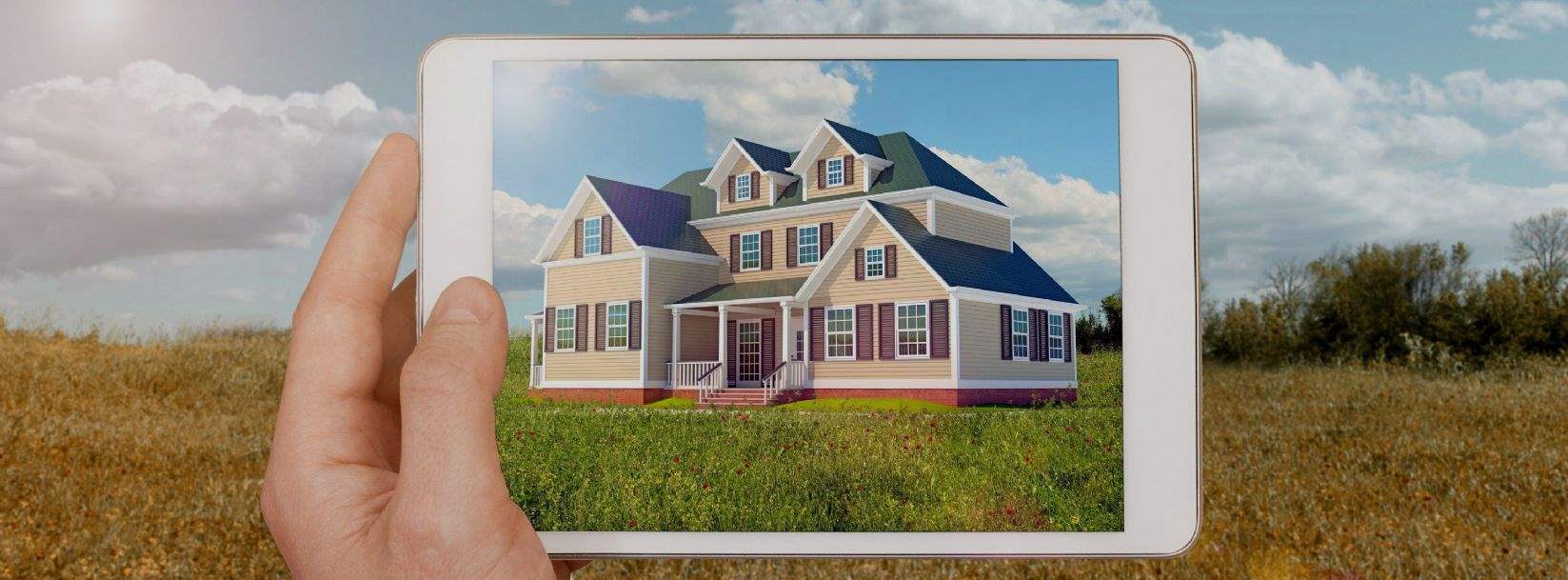Virtual reality, or VR, is the use of computer technology to create an immersive 360-degree experience within a three-dimensional simulated environment. To date, the most popular and well-known application of VR technology is in gaming – think Samsung Gear and Oculus Rift, which give gamers stimulating access to a fantasy world via a VR headset.
VR creates an entire new universe to inhabit – but how can we use this technology to gain a greater understanding of the real world we live in? That’s where augmented reality, or AR, comes in. Simply put, AR renders three-dimensional graphics within the real environment from a camera viewpoint rather than a first person perspective. A good example of the difference between AR and VR is the recent Pokémon Go! in which users didn’t inhabit the Pokémon world, but rather the Pokémon appeared in ours.
In the planning sphere, the opportunity to visualise landscapes and proposed developments in a real life setting creates a huge opportunity to not only improve the design process, but also to enhance public and professional engagement.
A number of design firms are already utilising desktop VR technologies to tour sites and visualise their creations from within a three-dimensional version of their project. This allows an instant understanding of the proposal: dimensions become clear and design intent becomes manifest.
VR is becoming ever more sophisticated – not only can you experience the sense of a building, but it is now possible to use the technology to visualise every detail, from the texture of the upholstery to the reflection from a window.
The opportunity for architects to use VR to vastly improve their design flow and client relationships is huge. VR gives the ability to assess the preferred design against other options in one flawless transition; to view the proposal in differing weather conditions, or at night as opposed to daytime. These impacts can then be easily considered and assessed, saving time and money and resulting in a better design process.
Turning to interaction, one of the biggest opportunities which VR and AR can offer is the ability to engage the public in an immersive and contextual experience during the consultation process. Public attendees at consultations may well arrive with concerns – for example, the development aesthetic: how tall the building will be in relation to those surrounding it and how it will affect existing views.
The ability to demonstrate a more precise and contextual rendering of the project which answers most if not all of their concerns will undoubtedly go far in building public stakeholder relationships, taking away the fear of the unknown.
AR and VR can also be used to look at cities at a higher level. Exploring an area ‘beyond the walls’ allows the user to identify specifics such as utilities and situate in context planning policies for development in certain areas, therefore highlighting potential problems before they become a reality. For example, overlaying a model of flooding or light pollution onto a virtually projected landscape could inform site allocations or other planning policies.
Overlays of proposals with planning consent but not yet built could be used to assess site applications in the context of how they would appear once all planned applications have been built. Ultimately, more information leads to a better decision-making process.
While the future opportunities for adopting VR and AR technology are vast, there are currently some limits to the potential for widespread adoption. One of the major limitations on the use of VR tech is the matter of cost, but as the technology grows and becomes more widely adopted, costs will inevitably decrease. Already, we are seeing an increase in the number of applications which can be used to view VR.
Planners have long engaged with models and digital tools. Taking the next step and utilising AR and VR tools will not only enhance our understanding, but also improve engagement with clients and public alike. Virtual reality will force us to change our perspective, both figuratively and literally, and planning is a prime industry for further engagement.
Further information










.jpg)